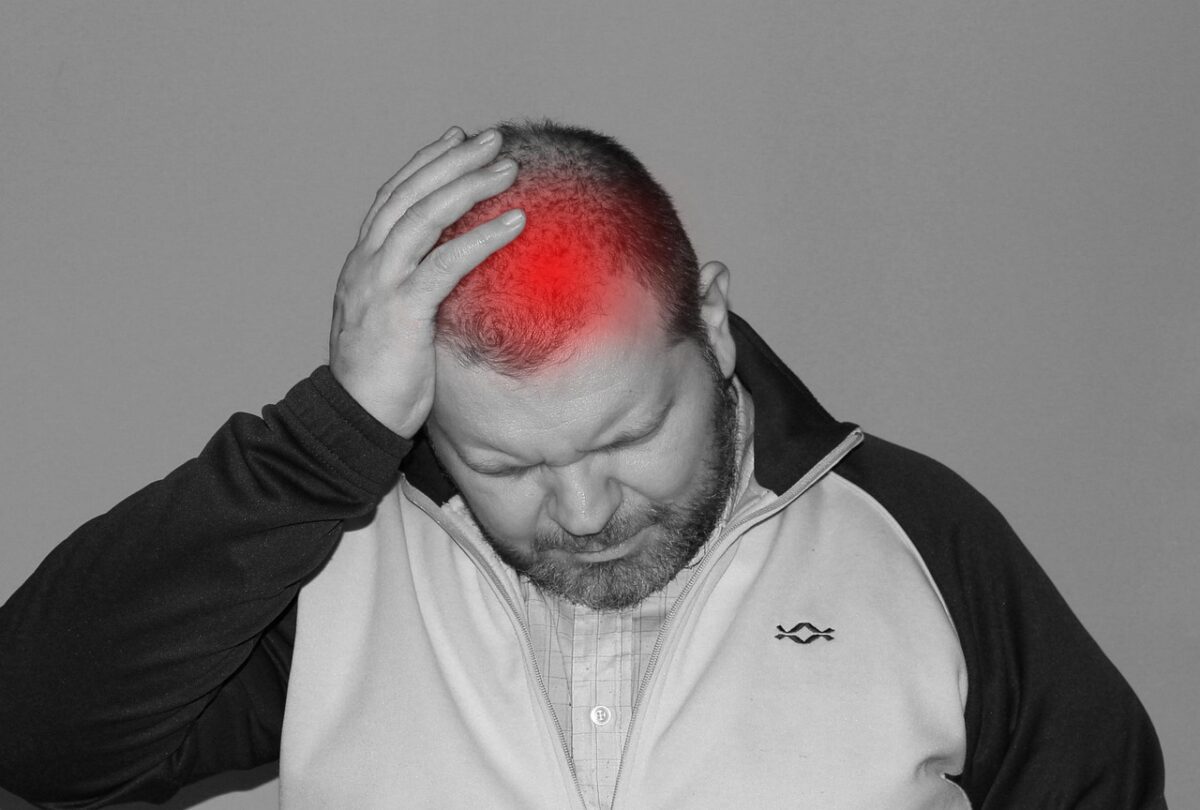
Winter Sports Injury Prevention: Tips from a Physiotherapist
Posted By: Forward Wellness
Winter Sports Injury Prevention: Tips from a Physiotherapist
Winter sports like skiing, snowboarding, and ice skating are thrilling, but they also come with a higher risk of injuries. As a physiotherapy clinic, we want to ensure you stay safe and healthy while enjoying all the winter activities you love. Here are some essential injury prevention tips from our physiotherapists to help you make the most of your time on the slopes and ice.
Common Winter Sports Injuries
Understanding the most common winter sports injuries can help you take steps to prevent them. Here are some of the top injuries we see:
- Knee Ligament Injuries – ACL and MCL tears are common in skiing due to the twisting forces on the knee.
- Shoulder Dislocations – Falling on an outstretched arm can easily cause a shoulder dislocation or rotator cuff tear, especially in skiing and snowboarding.
- Wrist Fractures – A frequent injury in ice skating and snowboarding when trying to break a fall.
- Concussions – Head injuries are a serious risk in any sport, making helmets crucial for all winter activities.
Top Tips for Winter Sports Injury Prevention
1. Warm Up Properly
Extensible muscles are less prone to strains and sprains. Spend 10-15 minutes warming up before heading out. Focus on dynamic stretches and exercises to activate the same muscles and movements used in your specific sport, such as leg swings and mini squats for skiing or upper body rotation for snowboarding.
2. Wear the Right Gear
Proper equipment is essential for safety. Make sure your boots, bindings, and helmets fit correctly at the beginning of each season. Wearing wrist guards while snowboarding and knee brace for skiing can provide added protection while you learn the slopes or if you have pre-existing injuries.
3. Strengthen Core and Lower Body Muscles
Building strength in your core and lower body helps maintain stability and control during high-speed movements. Exercises like squats, lunges, and planks can reduce the risk of knee and back injuries by building up a nice strong base of support.
4. Learn Proper Techniques
If you're new to a sport, consider taking lessons to learn the correct techniques. Poor form can increase the risk of injury, especially in high-impact sports like snowboarding and skiing.
For more information on injury prevention and personalized exercise plans, visit our physiotherapy services page.
What to Do If You Get Injured
If you do experience an injury, seek professional treatment immediately to prevent further complications. Our physiotherapists can help you develop a rehabilitation plan to get back to your favorite winter activities safely.
Stay Safe and Active This Winter!
Winter sports are a great way to stay active, but it's essential to prioritize safety. Follow these tips, and remember that if you do get injured, we're here to help. Book an appointment with our physiotherapists to keep your body in peak condition this winter season.
By following these injury prevention tips, you can reduce your risk of common winter sports injuries and enjoy a healthy, active winter. Stay safe and keep moving!




































































